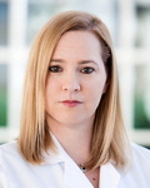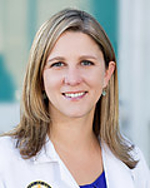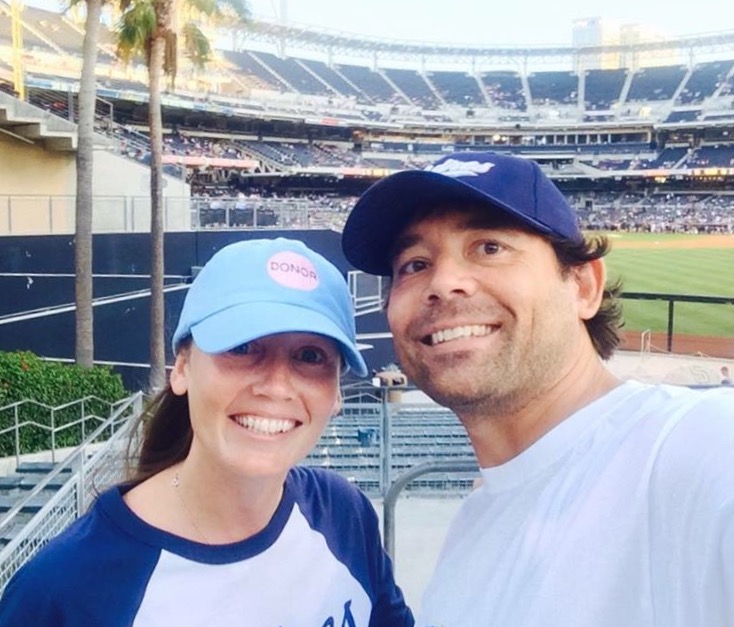Changing Lives Through Living Donor Kidney Transplant
February 5, 2019 | Lindsay Morgan
Olivia Stoddart was only 17 when her then-22-year-old brother was diagnosed with end-stage renal disease, or kidney failure.
“It was devastating to our family,” says Olivia. “None of us saw it coming.”
With his kidneys no longer working as they should, Olivia’s brother needed a kidney transplant or else faced the grim prospect of dialysis. Her mother and sisters were tested to see if they could donate one of their kidneys, but none were matches for living donation. And Olivia, who was just 17 at the time, was too young to donate.
So, her brother went on dialysis. For nearly two years, he spent four hours a day after work, three days a week, hooked up to a machine that filtered his blood and removed excess fluid from his body. Dialysis-free days were good; but on dialysis days, after spending hours on the machine, in rooms filled with sick people, he would go home and sleep from exhaustion. His social life suffered.
As soon as she turned 18, Olivia underwent testing, and was confirmed to be a match for donation. And in the summer after her freshman year at UC San Diego, she donated her kidney to her brother.
“It was scary. I was a healthy 18-year-old, I’d never had a surgery before in my life, and I didn’t really know what to expect. But I also didn’t really care. All I knew was that whatever it took to get my brother healthy was what needed to happen.”
A Problem to Solve
There are more than 100,000 people on the waitlist for a kidney in the United States—20,000 in California alone—and only about 10,000 deceased donors per year. In California, a patient with blood type O or B will wait 10-15 years for a kidney transplant.
Living donation not only reduces the time sick patients spend on the wait list; it delivers many other benefits as well.
 “Living donor kidneys last on average 5-10 years longer than kidneys from deceased donors,” says Dr. says Dr. Kristin Mekeel, the Interim Chief of the Division of Hepatobiliary and Transplant Surgery, Professor of Surgery, and Surgical Director of Kidney and Pancreas Transplantation. “They have immediate function, so patients are off dialysis after the transplant; and recipients live longer than recipients of deceased donor kidneys.”
“Living donor kidneys last on average 5-10 years longer than kidneys from deceased donors,” says Dr. says Dr. Kristin Mekeel, the Interim Chief of the Division of Hepatobiliary and Transplant Surgery, Professor of Surgery, and Surgical Director of Kidney and Pancreas Transplantation. “They have immediate function, so patients are off dialysis after the transplant; and recipients live longer than recipients of deceased donor kidneys.”
This risk for the donor, although not zero, is small. Serious problems from surgery such as infection, stroke, heart attack, or blood clots, happen in less than 5 percent of donors, and the risk of death from donating a kidney is less than 1 percent.
Although the number of living donors is increasing, only about one-third of kidneys come from living donors, or about 6,000 a year.The need, in other words, vastly outpaces supply.
Living Donation at UC San Diego
Living donation has been part of the kidney transplant program at UC San Diego since the first kidney transplant was done in 1968 by Dr. Nicholas Halasz, one of the founding faculty members of UC San Diego’s School of Medicine, and former Head of the Division of Anatomy.
In the 1990s, the field of transplantation moved from conducting open kidney transplant operations (with large incisions, high risk of complication, and long recovery times) to laparoscopic operations, which meant fewer complications and shorter recovery time for recipients and donors. This increased the appeal for living donors significantly and the number of living donors rose to about 30-40 per year.
Those numbers have continued to rise. Since 2014, the Division has seen a more than 100% increase in the number of living donor kidney transplants.
 There has also been significant growth in living donation for pediatric kidney transplant patients. Dr. Jennifer Berumen, an Assistant Professor of Surgery and Director of the Living Donor Kidney Transplant program, is the Surgical Director of Kidney Transplantation at Rady Children’s Hospital. “Five or six years ago we did one living donor a year for pediatric patients,” she says. “But last year, we had 8 living donors for 11 transplants.”
There has also been significant growth in living donation for pediatric kidney transplant patients. Dr. Jennifer Berumen, an Assistant Professor of Surgery and Director of the Living Donor Kidney Transplant program, is the Surgical Director of Kidney Transplantation at Rady Children’s Hospital. “Five or six years ago we did one living donor a year for pediatric patients,” she says. “But last year, we had 8 living donors for 11 transplants.”
The uptick is driven by several factors. UC San Diego Health has made a concerted effort to educate staff on the benefits of living donation and to counsel patients on the benefits. “Every patient gets counseled and is given information on how to talk to people about donation and about the importance of living donation,” says Berumen. “We also have a dedicated seminar where patients can meet other patients and talk to the doctors.”
UC San Diego is also a partner center with the National Kidney Registry, an organization that lists kidney donors and recipients in need of a kidney transplant, and facilitates paired donation and paired exchange. The kidney transplant “chain” begins with one altruistic donor who is willing to give a kidney to anyone. That kidney is matched with a patient whose family is willing to donate but who are unable to do so to their loved one because of incompatible blood types or antibodies. Their loved ones, in turn, are offered compatible kidneys as part of the exchange.
UC San Diego has had several altruistic donor volunteers who have started chains through UC San Diego’s partnership with the National Kidney Registry (NKR). These volunteers allow UC San Diego to remove a patient from the deceased donor waitlist, and facilitates more transplants in the country. In 2018, UC San Diego transplanted nine patients with organs matched through NKR chains. Altruistic donors can also donate directly to a child at Rady Children’s Hospital.
“I think the chains are our big opportunity going forward,” says Mekeel. “With more and more publicity about living donation, we are seeing a lot of people coming through the system altruistically who just want to help someone else and are looking for an avenue to do it. We’ve also increased our participation in the National Registry, and now we’re actually looking beyond only blood type matches to age matches and gender matches, so that patients get the best possible kidney for them. Opportunities through the National Kidney Registry are huge.”
Tackling Inequities
Not all patient benefit equally from living donation. Patients who are socioeconomically disadvantaged have lower access to live donor kidney transplants . These patients are less likely to easily find living donors and less likely to have family members who can take off time from work or obtain child care to donate a kidney. Other factors driving disparities include distrust of the health system, religious preferences, and inadequate health insurance/inability to pay.
Efforts are being made to better educate dis
advantaged groups, including through home visits wherein a living donor recipient or living donor from the same socioeconomic or cultural group talk to families one on one about the process.
The UC San Diego transplant team also volunteers with Women Encouraging Living Donation, to help educate the community about the benefits of living donation, and, as part of that program, educational materials are presented in the audiences’ native language.
The Personal Impact of Donation
As for Olivia, the kidney transplant brought immediate health to her brother.
 “The kidney worked great right from the start. I remember when he walked into my hospital room the day after the surgery. Even though he’d just had a major surgery, he walked into my hospital room and started dancing circles around me. I noticed immediately that his color had come back, the sparkle had come back to his eyes.”
“The kidney worked great right from the start. I remember when he walked into my hospital room the day after the surgery. Even though he’d just had a major surgery, he walked into my hospital room and started dancing circles around me. I noticed immediately that his color had come back, the sparkle had come back to his eyes.”
Olivia’s experience as a kidney donor changed the trajectory of her life and catapulted her into a career in transplant surgery.
After completing a degree in Chemistry at UC San Diego, she became a volunteer, speaking on panels about living donation; participating in a promotional video to educate people thinking about donating; and sharing her story about being a living donor with kidney patients and their loved ones. She pursued a degree in nursing, and, after graduation, landed a job at UC San Diego—on the same transplant floor where she had been a patient 11 years earlier.
“It was surreal, but it was exactly what I went to nursing school to do,” she says.
She went on to work for Life Sharing, an organ procurement organization in San Diego, before returning to UC San Diego to work on the kidney transplant team. She just began a new position as living donor coordinator.
“Ever since my transplant my whole life has been dedicated to working in transplant,” says Olivia. “I have living proof of my brother walking around every day with a normal life. He’s married, he’s got three kids, and he just lives a really good life. Organ transplant did that for him. So I have a great respect for what we do. Not only does it affect the transplant recipient’s life, but it affects their entire family.”
